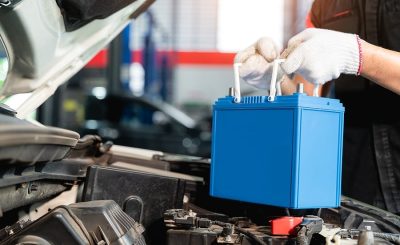A crash bar is a bar that wraps around and protects vital elements of your motorcycle. They may wrap around the motorcycle’s engine or other vital components. A rider may also opt to use a slider to safeguard their bike. A slider is a peg that protrudes from the motorcycle and prevents the motorcycle from collapsing. Crash bars come in a variety of styles, each tailored to the sort of bike you own. Although they may come pre-installed as original equipment, many riders choose to add aftermarket crash bars in order to select superior materials or designs.
The crash bars you choose may be intended to protect critical components of your motorcycle, such as the engine or fuel tank. This is due to the fact that if you have a low-speed collision, you may still be able to continue your ride with minimum damage. Other crash bars are intended to safeguard the motorcycle’s athletic qualities; this refers to the plastic. It is remarkable how much damage one motorcycle can sustain by flipping over. Sliders, like crash bars, are another kind of crash protection. Moreover, they do not produce the cage effect of crash bars. Sliders are classified into two types: cut kits and no-cut kits. This implies that you may need to cut through the fairing to attach the slider. Some claim this defies the purpose of the slider, which is partially to protect the fairing. However, in other circumstances, cutting through the fairing allows the slider to be placed more successfully.
Because it bends, mild steel is an appropriate material for crash bars because it is less prone to shatter in a high-speed accident. It is also affordable and uncomplicated to use. Mild steel, on the other hand, is prone to corrosion. As a result, many crash bar manufacturers use a corrosion preventive before applying a powder coating. Although this minimizes the likelihood of rust, it is still a consideration. The crash bar will still rust if it is destroyed, exposing the mild steel. Because it is lightweight, aluminum is an excellent material for crash bars. This is particularly useful if you are going to be placing a lot of bars around your bike. However, aluminum is not as robust as steel, so it is a bit of a compromise. Finally, stainless steel is an excellent choice because it does not rust. Hardness, on the other hand, is a detriment. Because it does not flex, stainless steel is called brittle. It can withstand a lot of pressure. When it reaches a certain degree of force, it will shatter rather than bend. It may also crack as a result of a fall, putting it at risk.
The diameter and thickness of the pipes are other factors to consider when selecting a crash bar. Smaller diameters with thicker metal are sometimes thought to be superior since they have less surface area that may be damaged. Large tubes need less thickness, although they are more prone to dents. A different slider is the axle slider, which offers another layer of protection to your bike. Sliders do keep the motorcycle from tipping over. They may also provide some motorcycle protection in low and high-speed collisions. They are not a guarantee, but any protection should provide riders with a breath of relief considering the expense of repairs. Your bike may tumble in a variety of uncontrollable scenarios, and a simple slider can avoid a lot of harm from a bit of miscalculation. The SW-MOTECH skid plate also produces bar positioning and vibration dampening systems.
To know more about motorcycle crash bars, below is an infographic from Motorrad Garage entitled “Motorcycle Crash Bars: What are they and are they worth the Investment?”








